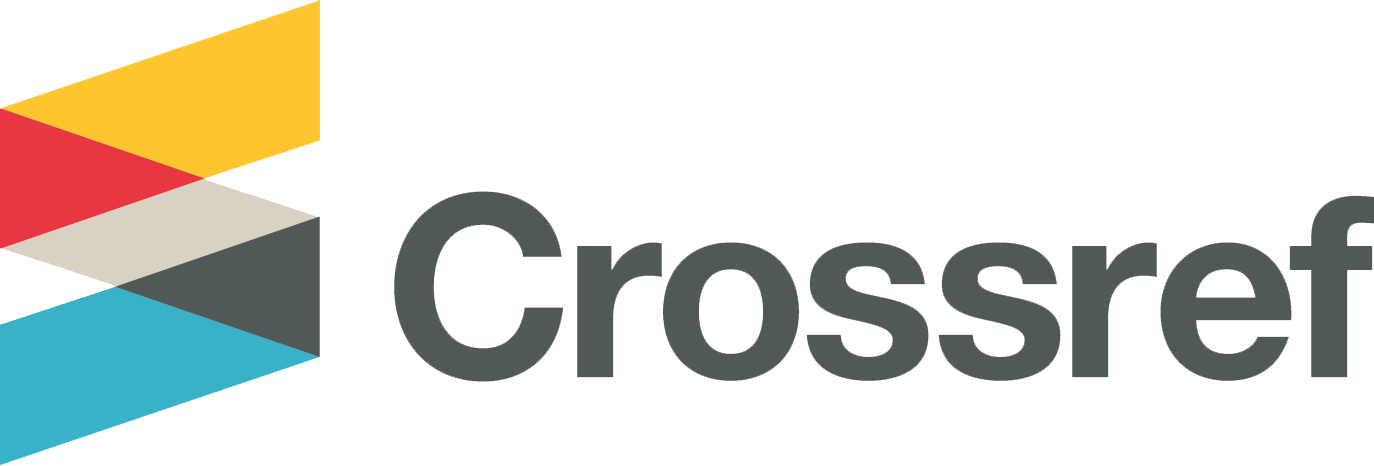Molecular mobility research in polyethylene composite films
DOI:
https://doi.org/10.33910/2687-153X-2022-3-2-55-59Keywords:
polyethylene composite films, thermal activation spectroscopy, differential scanning calorimetry, relaxation, electrically active defectsAbstract
α-relaxation in composite films of low-density polyethylene with soot particles was investigated through thermostimulated depolarisation and differential scanning calorimetry. It is shown that the joint application of these methods can be used to determine the number of relaxers involved in the relaxation processes of a polymer above its glass transition temperature. The parameters and the number of electrically active defects in composite polyethylene films filled with different percentages of technical carbon are calculated.
References
Alberola, N., Cavaille, J. Y., Perez, J. (1990) Mechanical spectrometry of alpha relaxations of high-density polyethylene. Journal of Polymer Science: Polymer Physics Edition, 28 (4), 569–586. https://doi.org/10.1002/polb.1990.090280410 (In English)
Alekhina, R. A., Lomovskaya, V. A., Simonov-Emelyanov, I. D. et al. (2019) Relaxation and physicomechanical characteristics of polyethylenes with different molecular weights. Fine Chemical Technologies, 14 (6), 104–114. https://doi.org/10.32362/2410-6593-2019-14-6-104-114 (In English)
Ashcraft, C. R., Boyd, R. H. (1976) A dielectric study of molecular relaxation in oxidized and chlorinated polyethylenes. Journal of Polymer Science: Polymer Physics Edition, 14 (12), 2153–2193. https://doi.org/10.1002/pol.1976.180141204 (In English)
Beatty, C. L., Karasz, F. E. (1979) The glass transition of linear polyethylene. Journal of Macromolecular Science. Part C. Polymer Reviews, 17 (1), 37–60. https://doi.org/10.1080/00222357908080904 (In English)
Berstein, V. A., Egorov, V. M. (1990) Differentsial’naya skaniruyushchaya kalorimetriya v fizikokhimii polimerov [Differential scanning calorimetry in physicoche of polymers]. Leningrad: “Khimiya” Publ., 256 p. (In Russian)
Bharadwaj, R. K., Boyd, R. H. (2001) Conformational dynamics in polyethylene under isochoric conditions: A molecular dynamics simulation study. Journal of Chemical Physics, 114 (11), 5061–5068. https://doi.org/10.1063/1.1345878 (In English)
Boriev, A. A., Pshikachev, A. G., Thakov, R. B. (2019) Osobennosti dinamicheskikh i mekhanicheskikh svojstv modifitsirovannogo polietilena nizkoj plotnosti [Features of dynamic and mechanical properties of modified low density polyethylene]. Izvestiya Kabardino-Balkarskogo gosudarstvennogo universiteta — Proceedings of the Kabardino-Balkarian State University, 9 (4), 34–38. (In Russian)
Bucci, C., Fieschi, R., Guidi, G. (1966) Ionic thermocurrents in dielectrics. Physical Review, 148 (2), article 816. https://doi.org/10.1103/PhysRev.148.816 (In English)
Gorokhovatsky, Yu. A., Demidova, N. S., Temnov, D. E. (2020) Electric charge relaxation in the polyethylene with mineral inclusions of diatomite. St. Petersburg Polytechnic University Journal — Physics and Mathematics, 13 (2), 9–16. https://doi.org/10.18721/JPM.13201 (In English)
Popli, R., Glotin, M., Mandelkern, L., Benson, R. S. (1984) Dynamic mechanical studies of α and β relaxations of polyethylenes. Journal of Polymer Science: Polymer Physics Edition, 22 (3), 407–448. https://doi.org/10.1002/pol.1984.180220306 (In English)
Shabanova, N. S., Temnov, D. E. (2021) Analysis of the TSD spectra of polymers near the glass transition temperature using the fractional purification method. Physics of Complex Systems, 2 (4), 157–164. https://doi.org/10.33910/2687-153X-2021-2-4-157-164 (In English)
Shevchenko, V. G. (2010) Osnovy fiziki polimernykh kompozitsionnykh materialov [Basics of physics of polymer composite materials]. Moscow: Moscow State University Publ.,98 p. (In Russian)
Downloads
Published
Issue
Section
License
Copyright (c) 2022 Yuriy A. Gorokhovatskiy, Elena А. Volgina, Anna N. Ivanova, Dmitry E. Temnov

This work is licensed under a Creative Commons Attribution-NonCommercial 4.0 International License.
The work is provided under the terms of the Public Offer and of Creative Commons public license Creative Commons Attribution 4.0 International (CC BY 4.0).
This license permits an unlimited number of users to copy and redistribute the material in any medium or format, and to remix, transform, and build upon the material for any purpose, including commercial use.
This license retains copyright for the authors but allows others to freely distribute, use, and adapt the work, on the mandatory condition that appropriate credit is given. Users must provide a correct link to the original publication in our journal, cite the authors' names, and indicate if any changes were made.
Copyright remains with the authors. The CC BY 4.0 license does not transfer rights to third parties but rather grants users prior permission for use, provided the attribution condition is met. Any use of the work will be governed by the terms of this license.







